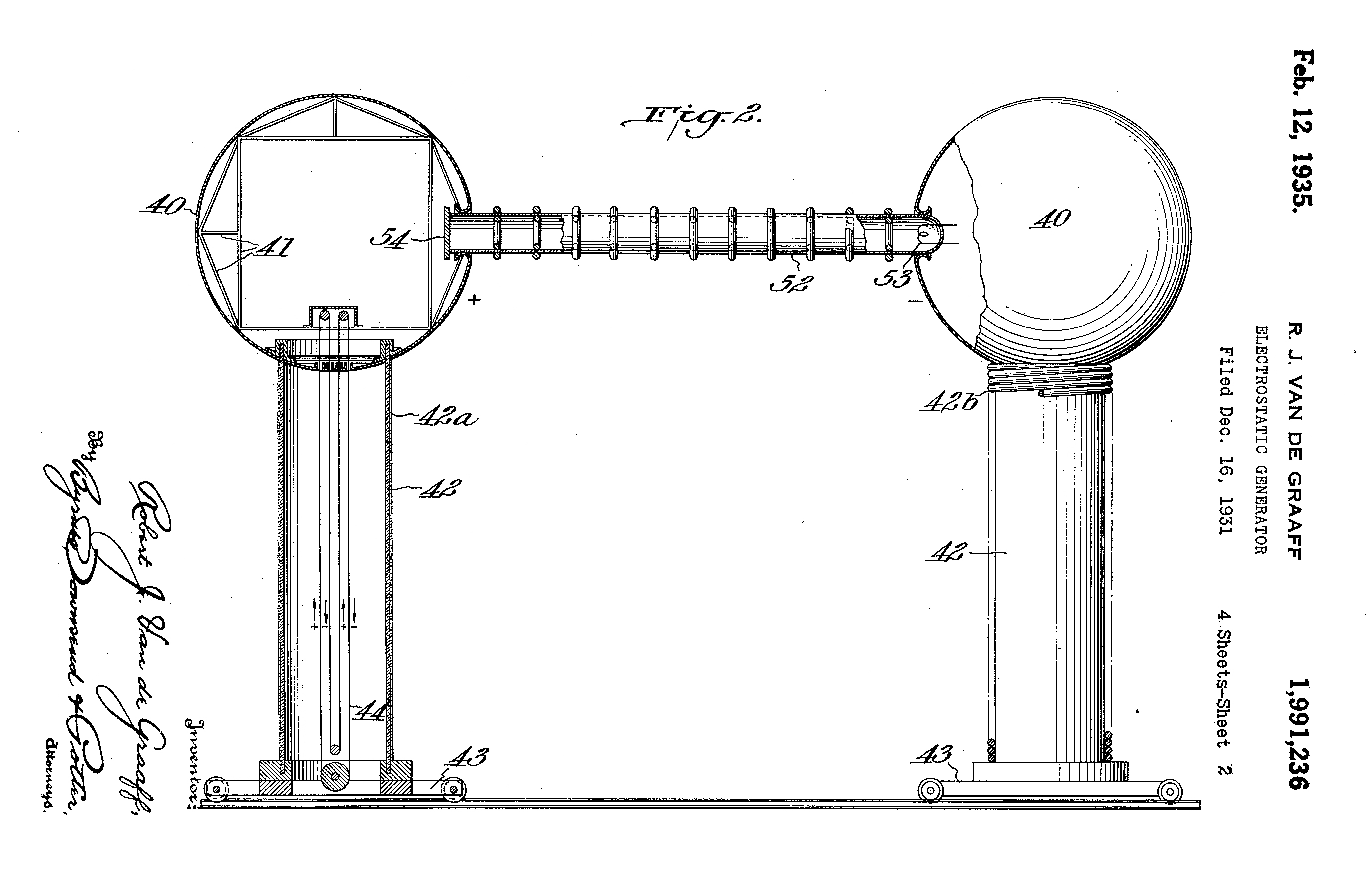Colophon

This website is generated using miu, a very simple static site generator written from the ground up. This page serves as a high-level documentation of how the generator works and the thoughts that went in when creating it. It was written in hopes that it might be useful for someone attempting to or already building one such program. It was also written for myself as a way of reflecting about it and to serve as an assistant for future iterations.
Why build a site generator?
- Learn a (new) programming language. In my case I wanted to see what Go looked like, so it seemed like a fun thing to do.
- Explore the core elements of developing a website. Some would argue that today’s popular ways of building websites are just too damn complex and I have a hunch that some developers have no idea what’s going on behind the curtains a lot of the times. By creating your own tools, you are able to gain an clearer understanding of the process and possibly cultivate both an appreciation and criticism for other tool chains.
- Don’t go full bare-bones. Maintaining a moderately complex website in pure HTML/CSS may prove to be a suicidal task.
Naming
miu is both a Japanese given name (美宇) and a pronunciation for the greek letter μ. The letter μ is used as a unit prefix denoting a factor of 10−6 (one millionth) or, in other words, it’s very tiny. It’s also the coefficient of friction, which is the principle by which some (electro)static generator machines work, so it fits the theme of static (site) generators nicely. I guess a loose translation could be “a very tiny thing that generates static stuff”.
Modules
Here’s a high-level overview of the different modules that comprise the generator:
| Module | What it does | Simpler alternative | Implementation in miu |
|---|---|---|---|
| Template engine | Combine templates and sometimes also data to produce pages | Copy and paste code and data | Go’s standard library |
| Markdown renderer | Transform markdown (which is more succinct) to HTML | Write everything directly in HTML | Pandoc |
| Image processor | Optimize image sizes, process images in a desired way | Optimize images manually | ImageMagick and cwebp |
| Cache | Speed up the build process by rebuilding only what’s been changed | Wait longer | Custom module |
| Build pipeline | Execute the modules in the right order, to the right files and output to the right places | Execute modules and move files around manually | Custom module |
High-level understanding
In miu, content is stored as plain-text markdown files aiming for easy migration and enhanced longevity. Templates provide both a way to reuse sections such as the header and a way to generate special pages such as the index. The build pipeline orchestrate things acting like the controller in the modern understanding of the MVC architecture.
Step by step:
- Assets such as style sheets, favicons and global images are copied directly
- Markdown content is compiled to HTML and placed in their templates
- Markdown images are optimized
- Index is generated based on the content that was previously built
FAQ
- If it’s so simple, why not go even more bare-bones and do it as bash scripts?
- I’ve done that in a project innocently named shite (shell + site) and it was fun! I enjoyed a lot but felt I wasn’t fluent enough in the language. Making simple things that would be trivial in other programming languages felt like a struggle. But I’d love to tackle that again some day.
- What if I don’t want to create my own generator?
- There are great projects out there such as Jekyll (Ruby), Hugo (Go), 11ty (Javascript), Pelican (Python).
- How do people usually do this?
- Every site is different – and that’s the beauty of it. Here are some interesting approaches other people have taken: qubyte has a great philosophy of keeping things simple; Devine Lu Linvega’s site is highly aligned with the way they build software; IndieWeb’s colophon page is also a great resource for everything colophon.